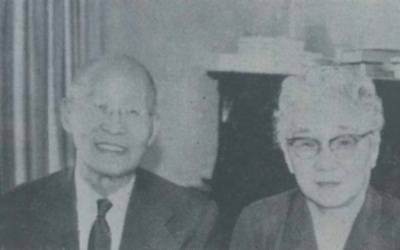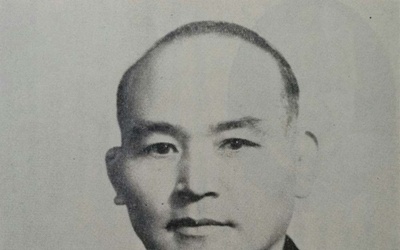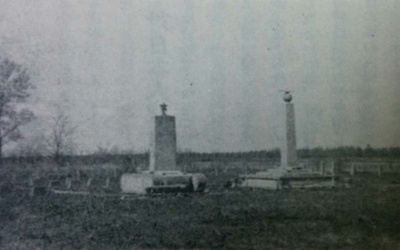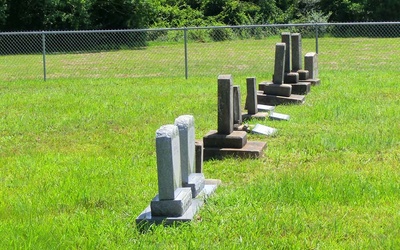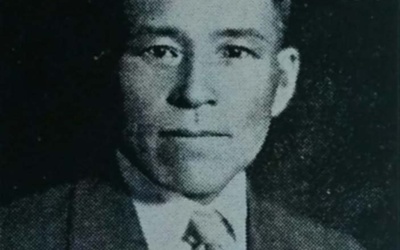Rereading "The Centennial History of Japanese Americans in the United States" - Tracing the Records of the Pioneers

In the early 1960s, a large-scale book titled "A Hundred Years of Japanese Americans in the United States" (Shin Nichibei Shimbunsha) was published, which covered the entire United States and compiled the footsteps of early Japanese immigrants, the roots of Japanese American society. Now, re-reading this book, we look back on where the first generation came from, why they came to America, and what they did. A total of 31 installments.
Stories from this series
No. 25 Japanese Americans in the Central Northeast States
July 24, 2015 • Ryusuke Kawai
In "Centennial History," Chapter 19 introduces the footprints and activities of Japanese and Japanese-Americans in the four states surrounding the Great Lakes: Ohio, Indiana, Michigan, and Wisconsin. In this book, it is written as Ohio and Michigan, but here it is Ohio and Michigan. The four states together take up about 10 pages, which is quite a small amount, with Ohio taking up six of those pages. In Ohio, there are a few Japanese people living in Cleveland, followed by …
No. 24 Japanese Americans in Illinois
July 10, 2015 • Ryusuke Kawai
Illinois is written as Illinois, but in the "Centennial History," it is written as "Illinois" in Chapter 18, perhaps because it was read as it is in the Roman alphabet. There is no set rule for writing English in katakana, and there seems to be no rule for replacing English with kanji, so even in the "Centennial History," there are some spellings that are not used today. The representative city of Illinois is Chicago, but it is sometimes written as …
Vol. 23 Japanese Americans in the Five Central States
June 26, 2015 • Ryusuke Kawai
In the "Centennial History," many pages are devoted to states on the West Coast, such as California, but when it comes to states in the central United States, the footprints and achievements of Japanese people are few, or perhaps there is little information available, and they are only introduced in a very limited number of pages. The five states introduced in "Chapter 17: The Five Central States" are, from the north, Iowa, Kansas, Missouri, Oklahoma, and Arkansas. According to statistics, …
No. 22 Japanese Americans in the Three Central North States
June 12, 2015 • Ryusuke Kawai
The three central north states are Minnesota, South Dakota, and North Dakota. In the Centennial History, ten pages are devoted to the area in Chapter 16. Minnesota "Before the Chicago World's Fair in 1893, there was a department store run by Tanaka Kusutaro called "Kiritsu Kogyo Kaisha" and a Japanese store called "Kansai Boekisho" in St. Paul, and Matsubara Shigehide and others were in charge of business there, so it's a story from quite some time ago," he said, referring …
No. 21 Japanese Americans in Texas
May 22, 2015 • Ryusuke Kawai
"The Centennial History" devotes 36 pages to "Chapter 15: Texas." The Japanese introduced here are different in their activities from the Japanese immigrants who appeared in most of the chapters on other states. In Texas, there were some migrant laborers, but what stands out is the attempt to establish settlements by investing capital from Japan, mainly for rice production. The book captivates readers with stories about notable activities and unique examples among early immigrants, including those involved in the settlement …
No. 20 Japanese Americans in Nebraska and New Mexico
May 8, 2015 • Ryusuke Kawai
Nebraska Nebraska is a state with many plains and fertile soil, suitable for agriculture and livestock farming. The main industry is agriculture, with a wide variety of crops including grains, fruits, vegetables, sugar beets, and pasture grass, and the state is also known for its horses. Manufacturing is thriving in the state capital, Omaha. The first large-scale Japanese immigrants to the state were in 1904, when Okajima Kaneya sent about 120 people to work in a cannery in Omaha. Other …

